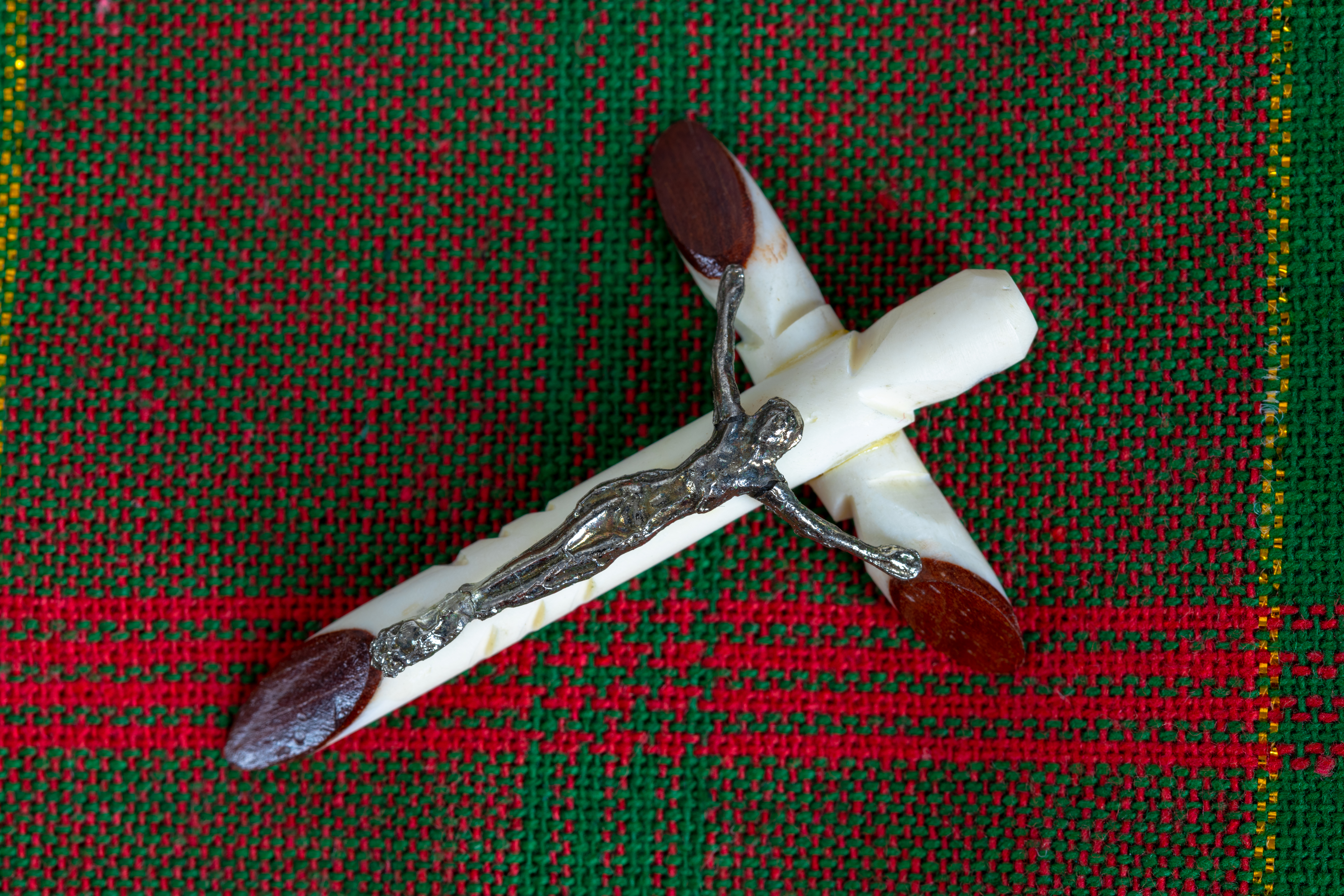Few people realize that the pagan origins of Christmas has nothing to do with Jesus(P) and celebrated in Europe long before anyone there had heard of Jesus(P). No one knows what day Jesus(P) was born on. From the Biblical description, most historians believe that his birth probably occurred in September, approximately six months after Passover. One thing they agree on is that it is very unlikely that Jesus was born in December since the Bible records shepherds tending their sheep in the fields on that night. This is quite unlikely to have happened during a cold Judean winter.
So why do Christmas celebrate Christ’s birthday as Christmas, on December 25th ?
Pagan Origins Of Christmas
The answer lies in the pagan origins of Christmas. In ancient Babylon, the feast of the son of Isis (goddess of nature) was celebrated on December 25. Raucous partying, gluttonous eating, drinking and gift-giving were traditions of this feast.
In Rome, the Winter Solstice was celebrated many years before the birth of Christ. The Romans called their winter holiday “Saturnalia”, honouring Saturn, the god of agriculture. In January, they observed the Kalends of January, which represented the triumph of life over death. This whole season was called Dies Natalis Invicti Solis, the birthday of the Unconquered Sun.
The festival season was marked by much merrymaking. It is in ancient Rome that the tradition of the Mummers was born. The Mummers were groups of costumed singers and dancers who travelled from house to house entertaining their neighbours. From this, the Christmas tradition of carolling was born.
More can be said about the pagan origins of Christmas. In northern Europe, many other traditions that we now consider part of Christmas worship were begun long before the participants had ever heard of Christ. The pagans of northern Europe celebrated their own winter solstice, known as Yule. Yule was symbolic of the pagan sun god, Mithras, being born, and was observed on the shortest day of the year. As the sun god grew and matured, the days became longer and warmer. It was customary to light a candle to encourage Mithras and the sun to reappear next year. Huge Yule logs were burned in honour of the sun. The word Yule itself means “wheel”, the wheel being a pagan symbol for the sun. Mistletoe was considered a sacred plant, and the custom of kissing under the mistletoe began as a fertility ritual. Holly berries were thought to be a food of the gods.
The tree is the one symbol that unites almost all the northern European winter solstices. Live evergreen trees were often brought into homes during the harsh winters as a reminder to inhabitants that soon their crops would grow again. Evergreen boughs were sometimes carried as totems of good luck and were often present at weddings, representing fertility. The Druids used the tree as a religious symbol, holding their sacred ceremonies while surrounding and worshipping huge trees.
In the year 350 AD, Pope Julius I declared that Christ’s birth would be celebrated on December 25. There is little doubt that he was trying to make it as painless as possible for pagan Romans (who remained a majority at that time) to convert to Christianity. The new religion went down a bit easier, knowing that their feasts would not be taken away from them. Christmas (Christ-Mass) as we know it today, most historians agree, began in Germany, though Catholics and Lutherans still disagree about which church celebrated it first. The earliest record of an evergreen being decorated in a Christian celebration was in 1521 in the Alsace region of Germany. A prominent Lutheran minister of the day cried blasphemy : “Better that they should look to the true tree of life, Christ“The controversy continues even today in some fundamentalist sects. 
[cite]


